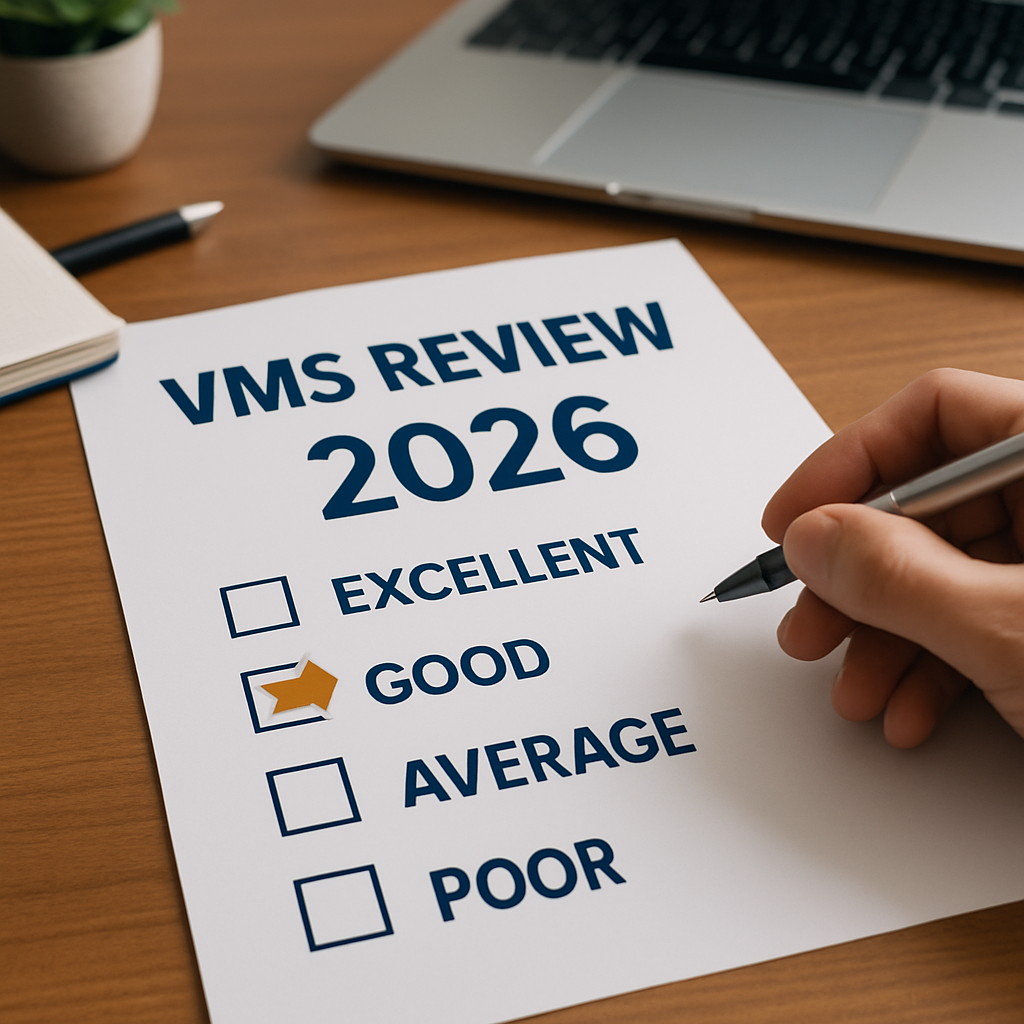As the reliance on contingent workers grows, establishing effective management processes for this workforce becomes crucial. A key aspect of developing these processes involves determining who should oversee non-employee workers. Should it be the responsibility of your company's HR department or the procurement team?
Overseeing your contingent workforce program should be an organization-wide effort that leverages a vendor management system (VMS) to efficiently integrate your staffing agencies and non-employee workers into a single centralized platform.
Although these two approaches have distinct priorities, they must both align with your overarching corporate objectives.
What are the complexities of managing non-employee workers?
Managing a non-employee workforce is quite intricate. It involves numerous vendors, hundreds of contingent workers, thousands of transactions, and a vast amount of data.
Many companies with smaller contingent workforce expenditures (ranging from $1 million to $10 million) rely on manual spreadsheets, in-house databases, and Sharepoint-type websites to handle this data. However, this approach is ineffective and results in a lack of visibility into your non-employee workforce.
Without genuine visibility into your non-employee workers and the vendors you use to source them, your business risks wasting money on poor hiring decisions, losing time on inefficient processes instead of automating tasks, overspending on vendors, and lacking transparency on vendor performance.
To further complicate matters, many organizations have disjointed non-employee management processes throughout their organization.
Failing to clearly define which department (assuming your business has both HR and procurement staff) is responsible for managing these workers leads to a decentralized approach where hiring managers select vendors and pay contingent workers at rates they consider fair, rather than the predetermined and approved rate set by your company.
This results in a chaotic and inconsistent approach that hinders your business from achieving true visibility into your non-employee workforce management program.
Contingent workforce management should be a company-wide initiative
To achieve true visibility into your non-employee workforce and the vendors you use to source them, it’s essential to define which department is responsible for its management.
Given its complex nature involving both vendor management and worker relations, it’s recommended that both your head of HR and procurement department collaborate to effectively manage your temporary workforce.
Procurement can leverage its expertise in managing vendor relationships to assess and evaluate staffing agency performance and costs, while HR can utilize its skills in managing people to ensure contingent workers have a positive experience with your company—boosting the likelihood they will work with you again on future projects, ensuring cultural alignment with the workers hired, and fostering a strong candidate experience that positively impacts the employment brand.
It is also crucial for HR to have input into the overall workforce, whether contingent or full-time, to ensure proper workforce planning and provide consistent support to the business end users.
By jointly managing the non-employee workforce, HR and procurement can establish procedures and processes that make temporary workforce management a company-wide initiative.
A vendor management system (VMS) will help your organization achieve this
It's crucial to keep in mind, as previously mentioned, that your HR and procurement teams require the support of innovative technology to effectively manage this workforce.
To assist organizations with smaller budgets for non-employee workforce management, Conexis VMS has introduced the first vendor management system specifically designed to automate and streamline the entire process of managing non-employee workers and staffing agencies, without any minimum spending requirements.
Implementing a VMS will centralize and automate your entire non-employee management and staffing agency operations. Consequently, your HR and procurement teams will be able to efficiently oversee the entire non-employee workforce process across all departments, providing your business with comprehensive visibility into performance and costs.
Final Thoughts
A vendor management system that automates and integrates the entire non-employee and staffing agency process will enable your HR and procurement teams to manage this process seamlessly, ensuring complete visibility throughout your organization.
As a result, you'll be able to make more informed vendor decisions, reduce the risks associated with the non-employee workforce, and significantly cut costs, such as avoiding overpayments to vendors.
Learn more about How to Choose the Right VMS
Learn more about the Benefits of a VMS and what to look for when choosing the best VMS for your organization. Download our Free VMS Buyer's Guide here:
Discover the Power of Conexis VMS
Conexis VMS is purpose-built for organizations seeking to manage their contingent labor spend effectively. Here’s why we're the right choice:
- Fast Deployment: Get up and running in weeks, not months
- Transparent Pricing: Flexible pricing with no hidden costs
- White-Label Ready: Customize the platform with your brand
- Real-Time Insights: Make faster decisions with built-in analytics
- Audit-Ready Compliance: Store contracts, worker data, and rates in one secure hub
About Conexis VMS
Conexis is an award-winning Vendor Management System built for organizations that want the power of enterprise software without the complexity or cost.
Leveraging the latest technology, Conexis delivers the expertise, reliability and security of enterprise systems, while offering the flexibility, user friendliness and tailored, personal service you require. Learn more about our Company and why organizations Choose Conexis VMS.
Looking to Switch Your VMS or Just Getting Started?
Whether you are looking to Switch your VMS, or just Getting Started, we are here to help. Contact Us for a Free No-Obligation Consultation, See how Easy Conexis is to use by taking a quick 2 minute Self-Guided Online Demo, or Book a Personal Demo Today!





